Key Highlights

Animations, transitions, flexbox, grid layouts, and more. Enhance your skills and stay ahead in the ever-evolving landscape of web development.
Get the latest trends on hiring, talent and top skills for the right talent.

Learn Unveiling the Risks of Mobile Location Sharing in this article
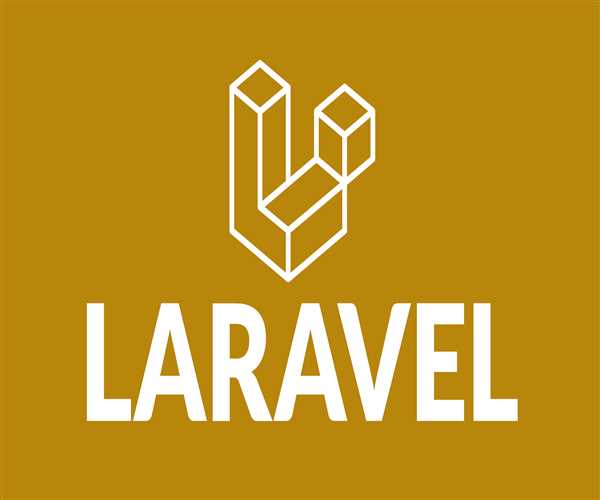
This article covers the essential concepts of connecting to SQL databases using ADO.NET, a key technology in the .NET framework for database management.
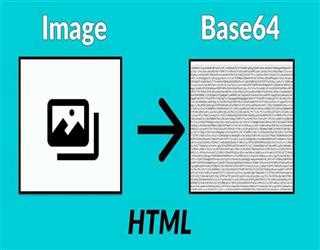
There is a simple way to display the base64 images on html page using HTML "img" tag.

Delve into the top 10 advanced Python concepts that every developer should master to enhance their coding skills and write more efficient, maintainable, and rob
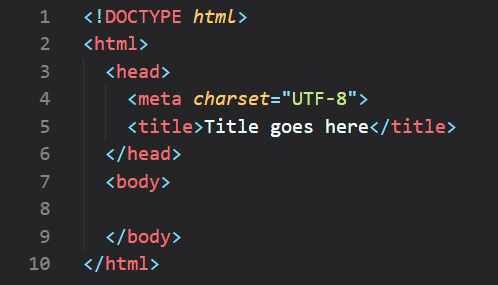
This page gives us the basic idea about the structure of the web page.

Learn how to optimize your site structure for better crawlability with logical URLs, internal linking, and crawl budget tips.

AngularJS controllers and scopes are essential for organizing application logic and managing data binding between controllers and views.
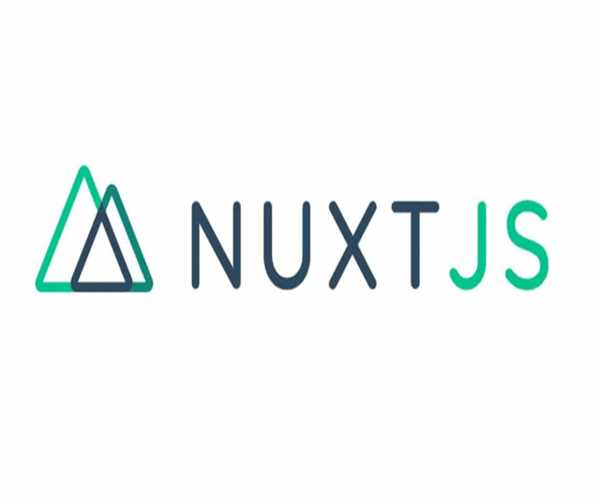
Learn Nuxt JS Unveiled: Understanding the Framework's Purpose and Functionality in this blog
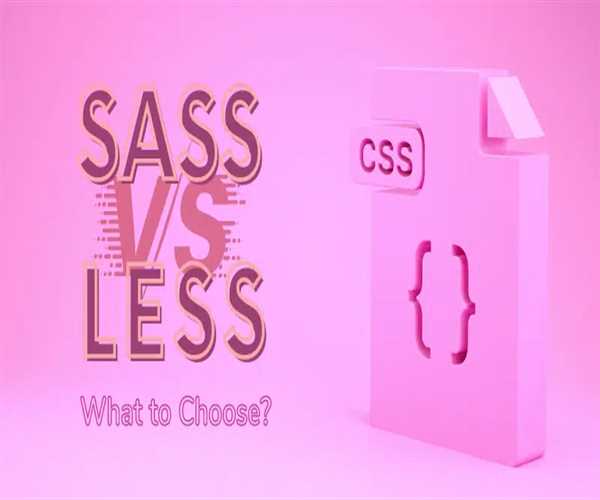
Explore the key differences between CSS preprocessors SASS and LESS.

A Document Object Model represents a webpage structure in the form of a tree. It acts as an API to the web document, allowing programmatic interaction.